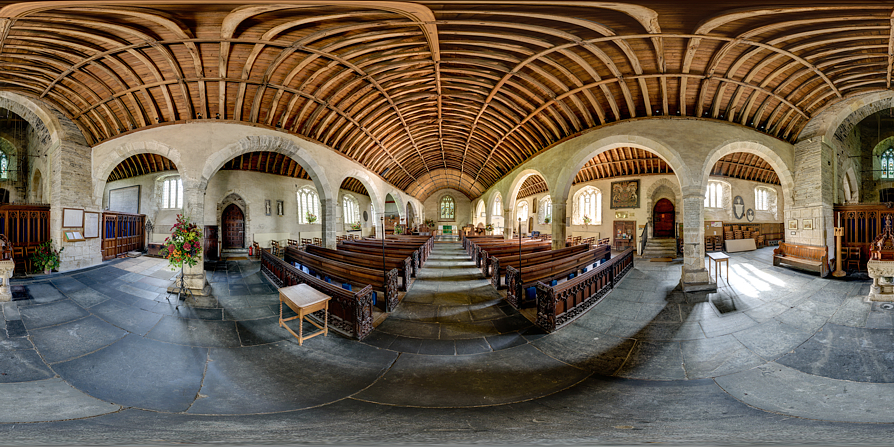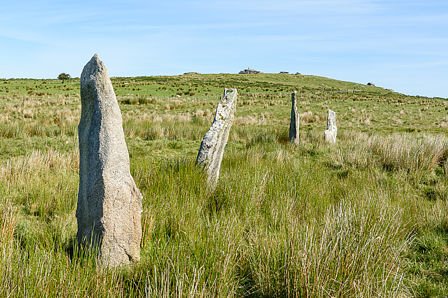Christmas Decorations in Clapham
December 24th, 2024 by Roy ReedThe Christmas decorations in the streets around Clapham were very minimal this year.
Click on the images to see them larger.
The Christmas decorations in the streets around Clapham were very minimal this year.
Click on the images to see them larger.
Last Sunday I went to Penge in south east London to see some of the wonderful street art that’s been done there over the last few years. Some of the countries top street artists are represented, including some of my favourites. I’d been hoping to see the work on the top floors of the Blenheim Street Car Park, but unfortunately it was all locked up, I think following a fire in a store room that destroyed a lot of the artists’ equipment. Despite this setback there was still a vast amount of art to see – and I think I only saw about half of it. Here’s a small selection.
Read more…It’s been a long time since I last made a 360° panorama of a Cornish church, but last week I photographed St Wyllow’s Church at Lanteglos-by-Fowey, a largely 14th century church, sensitively restored in 1904-6 by EH Sedding, with wood carving by Violet Pinwill.

The V&A is holding the first major UK exhibition to explore the exceptional talents of the Renaissance master Donatello, one of the greatest sculptors of all time.
A lot of the work on show is either of people who influenced Donatello or people who were influenced by him, but that only enhances the work of Donatello himself, which is sublime.
Read more…A heron seems to have taken up residence on the River Camel at Wadebridge. I was watching the heron from the old bridge when it decided to go fishing. This is just a few of the 150+ photos I took of the fight which lasted over six minutes and ended with a grey mullet for lunch.
Over the last year I’ve been working with Sam (Mr Ghostsigns) Roberts on producing a book documenting London’s Ghost Signs.
Sam has done all of the writing, most of the photography is mine and we’ve shared the research. The book features over 250 of London’s ghost signs and we think it’s the most comprehensive book on ghost signs ever published.
The book is accompanied by a detailed online map, locating all the signs featured and many more, with itineraries for those wanting to venture out and discover the signs in person.
Edited 28/07/2024: The book has almost sold out and unfortunately will not be going to a second edition. The last few copies are available through Sam’s shop.
Despite having retired from being a full-time website designer, I recently completed a small website for a Twitter friend Helen Wilson to help launch her new book The Remarkable Pinwill Sisters: From ‘Lady Woodcarvers’ to Professionals (which will be available soon). The sisters, Mary, Ethel and Violet, worked in Plymouth from the late 1800s creating beautiful carvings for churches across Devon and Cornwall. Violet carried on working almost up to her death in 1957.
Helen has created a comprehensive catalogue of the Pinwill’s work in over 200 locations, which represents a mammoth ten year’s work.
Read more…During the early part of my career as an architectural photographer I was lucky enough to be asked to do the photography for both the 1066: English Romanesque Art exhibition at the Hayward Gallery in 1984 and the Age of Chivalry: Art in Plantagenet England 1200-1400 exhibition at the Royal Academy in 1987-88. This sparked a life-long interest in medieval art and architecture.
As part of my research before setting out to visit and photograph a new (to me) church, one of the websites I would always visit was paintedchurch.org, Medieval Wall Painting in the English Parish Church, a labour of love put together by Anne Marshall over a period of some 18 years. It featured detailed academic articles on several themes of medieval wall painting as well as articles on hundreds of individual paintings in hundreds of parish churches. I was very disappointed when it disappeared from the internet in 2018.
Read more…The Watts Gallery, Artists’ Village and Chapel lies on the edge of the village of Compton, just a couple of miles outside Guildford. The gallery is a celebration of the work of George Frederick Watts and his wife Mary. They married when he was 69 and she just 36. They moved to their house in Compton in 1891.
In 1895 Mary started teaching local people to model in clay and established a pottery business which became the Compton Potters’ Arts Guild. Between 1895 and 1904 Mary and the villagers worked on building the Watts Chapel. The chapel is a strange mix of Art Nouveau, Celtic revival and Romanesque. The exterior of the chapel is decorated with terracotta reliefs while the interior is a riot of painted stucco decoration. George Watts lived just long enough to see the chapel completed.
Read more…On private land just to the south of Hawk’s Tor on Bodmin Moor stands the Stripple Stones, the only stone circle in Cornwall to be in a henge (a bank and ditch). The circle dates to the late neolithic (2800-2000bce) and is about 45m in diameter. Originally there were thought to have been between 28 and 37 stones of which 15 remain. Some of these had fallen, but most were re-erected during a recent restoration.

At some time in the past the circle had been cut through by a boundary wall. This wall was moved outside of the monument as part of the restoration.
Read more…